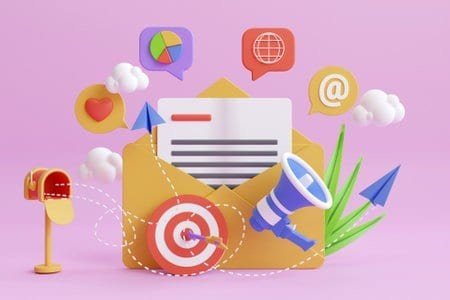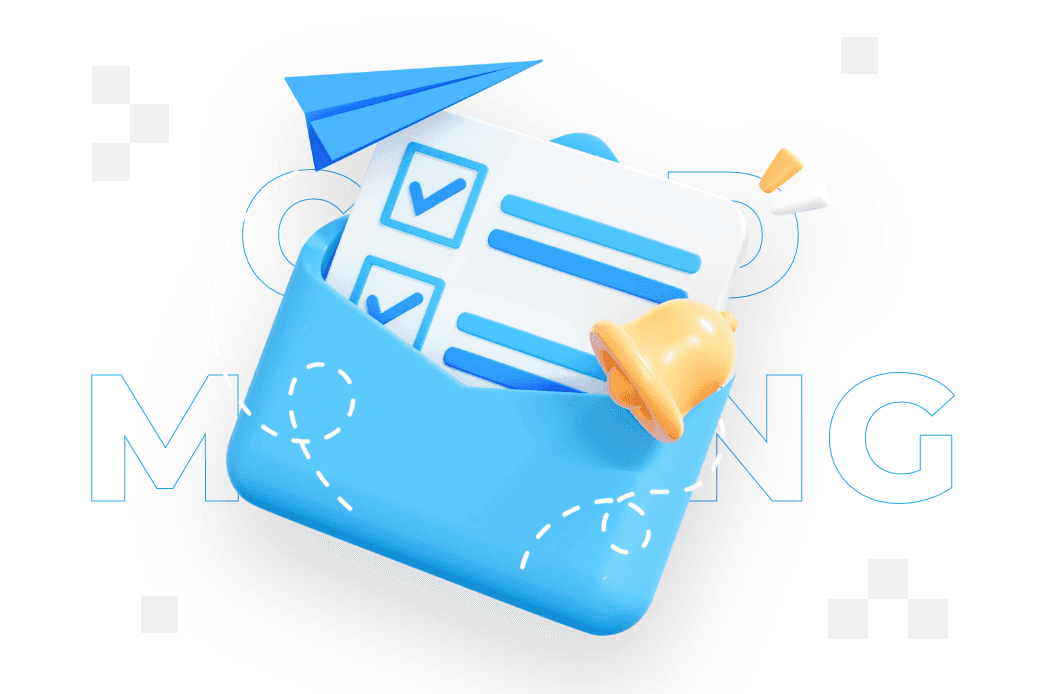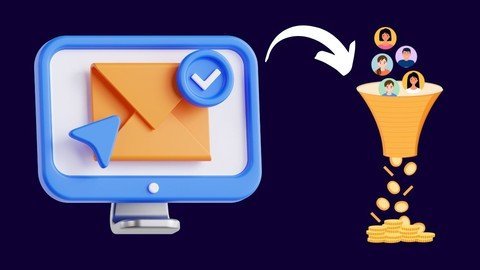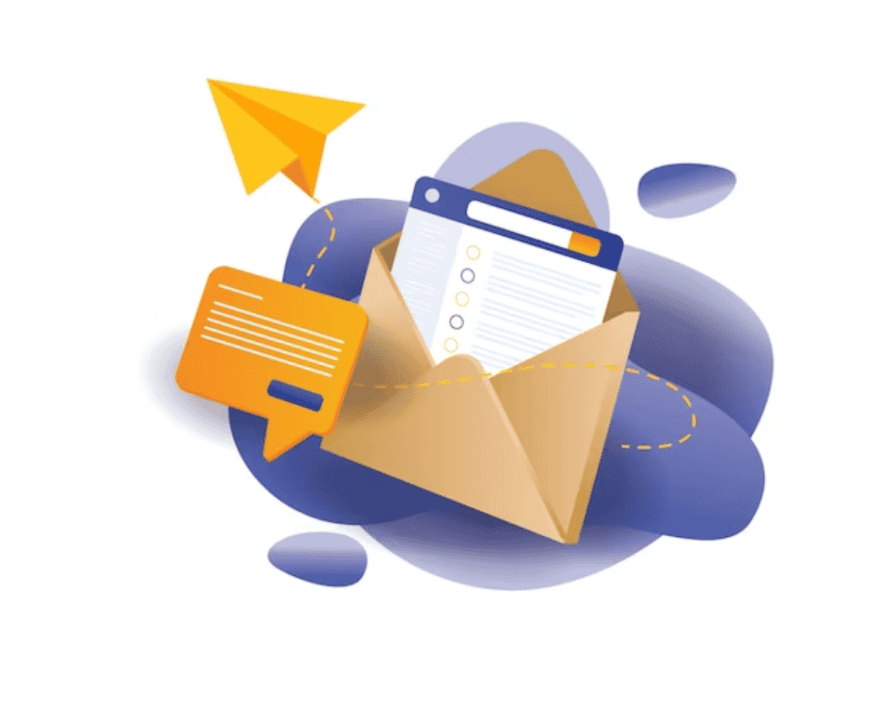So how are you doing today? Awesome! Let’s get to it…You know marketing is a constantly evolving beast, right? We’re always on the lookout for fresh, effective ways to connect with our audience. So, let’s talk about a strategy that often gets a bad rap but can be a real game-changer when done right: cold emailing. When executed thoughtfully, cold emailing can open doors to new opportunities and leads that traditional marketing methods might miss. It’s important to craft personalized messages that resonate, showcasing email marketing’s powerful impact on building relationships and driving conversions. Don’t underestimate the potential of a well-timed email to engage potential customers and nurture those connections.
What is Cold Emailing? A Simple Explanation for My Friend
At its core, cold emailing involves sending emails to people you haven’t interacted with before. Think of it like striking up a conversation with someone new at a networking event. You don’t know them, but you see potential for a connection that could benefit both of you.
Now, here’s the catch: cold emailing isn’t about spamming random inboxes with generic messages. It’s about targeted, personalized outreach. Imagine walking up to someone at that networking event and saying, “Hey, I noticed you’re interested in X, and I think my company’s expertise in Y could really help you.” That’s the vibe we’re going for. By employing cold email marketing strategies, you can create meaningful connections that lead to fruitful conversations and collaborations. Tailoring your message not only increases the likelihood of a positive response but also demonstrates genuine interest in the recipient’s needs. Ultimately, this approach can transform cold outreach into warm relationships that drive mutual success.
Why Should Marketers Care? The Clickbaity Truth Revealed
You might be thinking, “Isn’t cold emailing a bit… outdated?” Well, hold on to your hats, because here’s why you should reconsider:
1. Cold Emailing is Budget-Friendly: Making Your Wallet Happy
Marketing can be expensive, right? Ads, social media campaigns, fancy events – it all adds up. But cold emailing? It’s surprisingly cost-effective. You’re basically investing your time and a bit of effort, especially if you use awesome tools like Emelia.
2. Laser-Focused Targeting: Hitting the Bullseye Every Time
Forget about casting a wide net and hoping for the best. Cold emailing lets you hone in on specific individuals or businesses that perfectly match your ideal customer profile. This means your message is more likely to resonate, leading to higher engagement and better results. By tailoring your approach to each recipient, you can address their unique pain points and demonstrate how your product or service can provide real value. To maximize your cold emailing effectiveness, consider incorporating some cold emailing tips for success, such as crafting compelling subject lines and personalizing your content. This targeted strategy not only improves your chances of a positive response but also builds a foundation for meaningful relationships in the future.
3. Personalized Touch: Making a Real Connection
No one likes receiving generic, impersonal emails. With cold emailing, you can tailor your message to each recipient. Address them by name, reference their company or industry, and highlight specific pain points you can help them solve. This personal touch makes a world of difference in building rapport and sparking interest.
4. Scalability: From a Gentle Stream to a Raging River
Whether you want to dip your toes in the water with a handful of emails or launch a full-scale campaign reaching thousands of potential customers, cold emailing is adaptable to your needs. You can start small and gradually increase your outreach as you gain confidence and refine your strategy. As you embark on this journey, it’s essential to explore various cold emailing success strategies that can enhance your approach. Tailoring your message to resonate with your audience can significantly improve response rates. Additionally, analyzing your email performance will help you identify which tactics work best, allowing you to optimize your efforts for even greater impact.
Is It Legal? Addressing the Elephant in the Inbox
Before you dive headfirst into the world of cold emailing, let’s address a common concern: legality. Yes, there are laws and regulations surrounding unsolicited emails, and you definitely need to be aware of them.
In the US, for example, the CAN-SPAM Act sets guidelines you need to follow. It’s crucial to research the specific regulations in your target audience’s location. Think of it like knowing the local customs before traveling to a new country – you want to be respectful and avoid any unintentional faux pas.

The Art of Crafting an Irresistible Cold Email
Alright, so you’re convinced about the benefits. Now, how do you actually write a cold email that gets results? Get ready for some ninja-level tips:
Subject Line: The Ultimate Attention-Grabber
Your subject line is like the headline of your email – it’s the first thing people see, and it determines whether they even bother opening your message. Here’s the secret sauce:
- Keep it short, sweet, and to the point. Think under 60 characters.
- Personalize it with the recipient’s name or company.
- Focus on a clear benefit or value proposition. What’s in it for them?
For example, instead of a bland “Introduction,” try “Helping [Company Name] Achieve [Desired Outcome].” See the difference?
Preheader: The Sneak Peek that Entices
The preheader is that little snippet of text that appears after the subject line in many email clients. Think of it as a teaser trailer for your email – it should pique their curiosity and make them want to click “open.”
- Keep it consistent with your subject line and email message.
- Use concise language and aim for 30-140 characters.
- Highlight a key benefit or create a sense of intrigue.
For instance, you could follow the previous subject line with “Learn how [Your Company] can streamline your operations.” Now they’re hooked!
Email Body: Where the Magic Happens
Okay, they’ve opened your email. Now it’s time to deliver the goods. Remember, we’re not writing a novel here. Keep it concise, clear, and focused on the recipient’s needs.
- Start with a warm, personalized greeting.
- Introduce yourself briefly and state your purpose. Why are you reaching out?
- Highlight the benefits of your product or service specifically for them. How can you solve their problems or make their life easier?
- Provide social proof or testimonials to build credibility. Let them know others have benefited from your offerings.
- End with a clear and compelling call to action (CTA). What do you want them to do next?
Remember, your goal is to start a conversation, not overwhelm them with information.

Cold Emailing Tools: Your Secret Weapons for Success
Technology is your friend when it comes to cold emailing. Here are a few essential tools to streamline your process and boost your results:
1. Email Service Providers (ESPs): The Foundation of Your Outreach
ESPs like Gmail or Outlook are the backbone of your email operations, handling the sending and receiving of messages. For larger-scale cold emailing, you might consider specialized platforms like SendGrid, which offer advanced features for managing contacts, creating campaigns, and tracking performance metrics.
2. Cold Email Automation Software: Your Time-Saving Superpower
Tools like SmartReach.io, Saleshandy, and Klenty automate the process of sending personalized cold emails at scale. They handle tasks like scheduling, tracking opens and clicks, and personalizing emails based on recipient data, freeing up your time for other important tasks.
3. Prospect Finders: Unearthing Hidden Gems
Services like Hunter.io, Clearbit, and Apollo help you find email addresses and enrich contact information. They can integrate with your CRM system and automate the process of building targeted prospect lists, saving you hours of manual research.
4. Email Deliverability Tools: Ensuring Your Messages Land Safely
Deliverability is crucial – you want your emails to reach inboxes, not languish in spam folders. Tools like TrulyInbox and Warmup Hero help you warm up new email accounts gradually, improving your sender reputation and increasing your chances of reaching your intended recipients.

Cold Emailing Best Practices: Leveling Up Your Game
Here are a few extra tips to ensure your cold emailing efforts hit the mark:
- Use multiple email sending addresses. This helps reduce the risk of your emails being flagged as spam.
- Verify your email list to ensure you’re sending messages to valid addresses, improving deliverability and protecting your sender reputation.
- Send follow-up emails. Persistence pays off! A polite follow-up can nudge a busy recipient or remind them of your message.
- Perform A/B testing to compare different versions of your emails and see what resonates best with your audience.
- Always include an unsubscribe link. This is essential for compliance with anti-spam regulations and shows respect for your recipients’ preferences.
Conclusion
Cold emailing might not be the flashiest marketing strategy, but it’s a powerful tool that can deliver exceptional results when used thoughtfully and strategically. By understanding the benefits, crafting compelling emails, and leveraging the right tools, you can unlock untapped potential and drive significant growth for your business. So, are you ready to give cold emailing a chance?
FAQs
What is the key to a successful cold email? A good cold email is like a well-crafted elevator pitch. It needs to capture the recipient’s attention quickly and highlight how you can benefit them. Focus on personalization, relevance, and a clear call to action.
How do I avoid having my cold emails marked as spam? Follow anti-spam regulations like the CAN-SPAM Act, maintain a clean email list, warm up new email accounts, and avoid using spammy language or tactics.
How many follow-up emails should I send? There’s no magic number, but a general rule of thumb is to send at least three to five follow-ups within a reasonable timeframe before moving on. Always be respectful of the recipient’s time and preferences.

